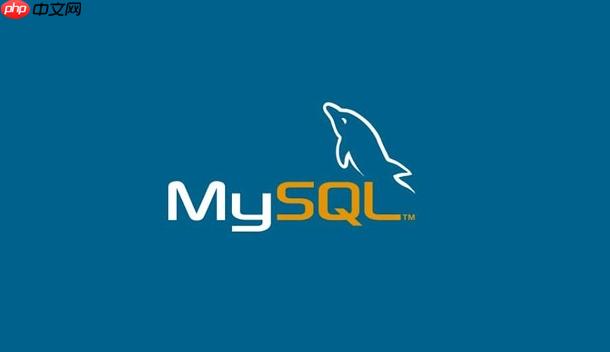答案:通过systemctl可管理MySQL服务。1. 使用systemctl status mysql(或mysqld)查看状态;2. sudo systemctl start mysql启动服务;3. sudo systemctl stop mysql停止服务;4. sudo systemctl restart mysql重启服务;5. sudo systemctl enable mysql设置开机自启;6. systemctl is-enabled mysql查看自启状态。不同系统服务名可能为mysql或mysqld,可用systemctl list-units | grep sql确认。

在Linux系统中,systemctl 是用来管理系统服务的核心命令之一。MySQL 作为常用的数据库服务,也可以通过 systemctl 进行启动、停止、重启和状态查看等操作。以下是具体使用方法。
要确认 MySQL 当前是否正在运行,可以执行:
systemctl status mysql或某些系统中服务名为 mysqld:
systemctl status mysqld输出中会显示 active (running) 表示服务正常运行,inactive 或 failed 则表示未启动或出错。
如果 MySQL 没有运行,可以使用以下命令启动:
sudo systemctl start mysql若服务名是 mysqld,则使用:
sudo systemctl start mysqld要停止正在运行的 MySQL 服务:
sudo systemctl stop mysql该操作会安全关闭数据库进程,避免数据损坏。

SmartB2B 是一款基于PHP、MySQL、Smarty的B2B行业电子商务网站管理系统,系统提供了供求模型、企业模型、产品模型、人才招聘模型、资讯模型等模块,适用于想在行业里取得领先地位的企业快速假设B2B网站,可以运行于Linux与Windows等多重服务器环境,安装方便,使用灵活。 系统使用当前流行的PHP语言开发,以MySQL为数据库,采用B/S架构,MVC模式开发。融入了模型化、模板
 0
0

修改配置文件(如 /etc/mysql/my.cnf)后,需要重启服务使更改生效:
sudo systemctl restart mysql重启会先停止再启动服务,确保新配置加载。
让 MySQL 在系统启动时自动运行:
sudo systemctl enable mysql取消开机自启则使用:
sudo systemctl disable mysql检查当前启用状态:
systemctl is-enabled mysql返回 enabled 表示已设置自启,disabled 表示未启用。
基本上就这些。只要知道服务名称(mysql 或 mysqld),就能用 systemctl 完成日常管理。注意不同 Linux 发行版可能命名略有差异,可通过 systemctl list-units | grep sql 来确认实际服务名。
以上就是如何在Linux系统中使用systemctl管理mysql服务的详细内容,更多请关注php中文网其它相关文章!

每个人都需要一台速度更快、更稳定的 PC。随着时间的推移,垃圾文件、旧注册表数据和不必要的后台进程会占用资源并降低性能。幸运的是,许多工具可以让 Windows 保持平稳运行。

Copyright 2014-2025 https://www.php.cn/ All Rights Reserved | php.cn | 湘ICP备2023035733号